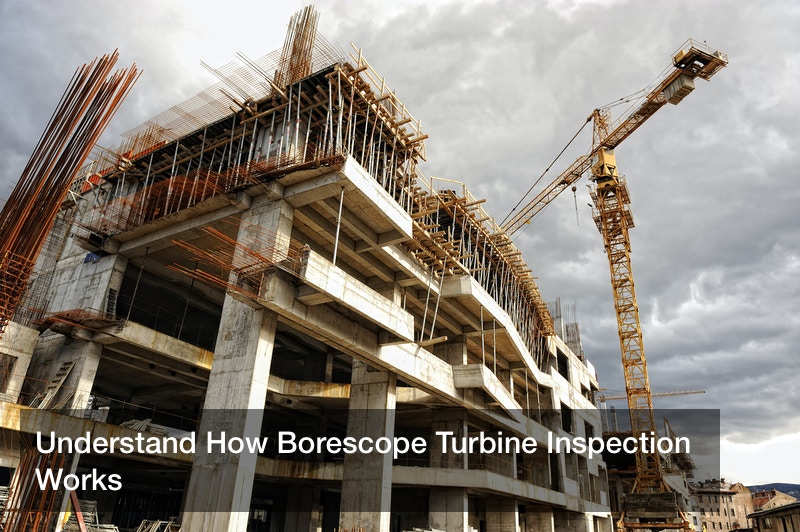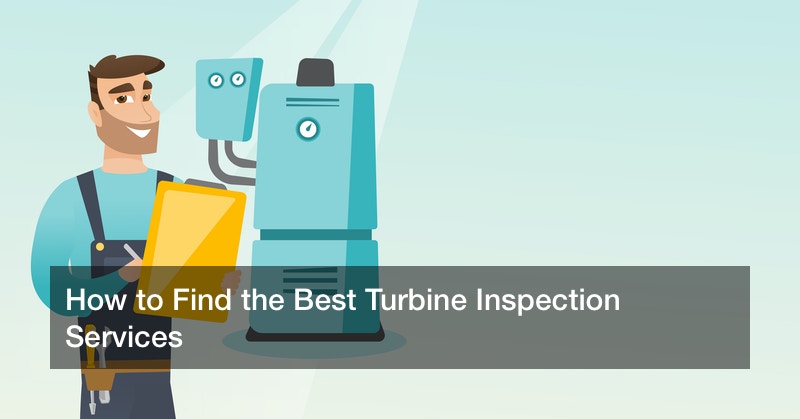Understand How Borescope Turbine Inspection Works


When was the last time your gas or steam turbine was inspected for faults and malfunctions? Or perhaps you’ve put off this idea since the machine is working well, thus no emergent need for inspections. Turbine inspection services can help you know the status of your machines and to ensure their optimum performance.
Borescope inspection is one of the effective methods used to conduct thorough turbine inspection and it’s integral to maintaining machine efficiency. Steam and gas turbines are particularly sensitive to contaminants which can adversely impact their performance. Salt is the leading cause of damage to turbines because its particles attach to the internal components like dirt, reducing the turbine’s power by up to 15%. Failure to remove the salt build-up, turbine blades and other parts can start to break.
Understand How Borescope Turbine Inspection Works
We’ve looked at the importance of regular turbine maintenance and deep borescope inspection. But do you understand how the entire process works from start to finish? If no, let’s look at the three steps involved in the boroscopic inspection of gas turbine.
Disassembling of Parts
For deep borescope inspection, some parts are removed to allow the inspection machine to fit in tight spaces for a proper assessment to be conducted. This process also allows separate inspection of surface parts and necessary repair or replacement is done.
Actual Inspection
After necessary parts are removed to make room for the inspection equipment, the assessment will commence. The use of borescope, a specialized device fitted with an optical camera and light that can easily view the parts of a turbine hidden to human eyes. Working conditions for gas and steam turbines are extreme, making it hard for manual inspections. That’s why these instruments are highly preferred due to their element of safety.
Borescope Inspection Report
During the entire inspection process, reports would be generated based on the inspector’s findings. The detailed report includes all the necessary procedures taken, repairs and recommendations needed so that successful maintenance can be done following the inspection. The report will advise on the repairs to be done to help your turbine operate optimally.
Although the steps may seem easy on paper, it will certainly involve a lot of things when it comes down to actual inspection. As such, it’s always important to schedule the inspection to a time that won’t interfere with your work processes. Experts recommend at least two borescope inspections a year, but you can do it as many times as you can just to be safe.
Whether it’s a steam turbine, gas turbine, or any other type of generator, turbine inspection is key to ensuring the success of your operations. Hire an experienced company to handle inspection for you and consult more when you have questions and concerns.
